Trendy Fonts for Distinctive Web Design

Words matter, but the way the words look matters just as much. Fonts offer an additional level of expression for Web designers. The font that's used to say something can completely change the meaning of the words, adding whimsy, mystery, focus or fun.
In earlier iterations of the Internet, there were just a few supported fonts that were forced upon designers. They allowed for little self-expression and pushed all online content to looking very much alike.
There are now new ways to add in additional fonts to website content without having to rely on the same old fonts. Using a different style of letter can help a website stand out.
Here are eight fonts that will help you to break out of the box of traditional fonts, enhancing your Web design while clearly communicating your message.
Circular
This font has been on the rise for several years now, and it continues to gain popularity. That has a lot to do with the geometric foundation of the font coupled with some sleek flourishes here and there. This is an accessible font that is readable from a distance, but retains the aesthetic distinction that makes it so attractive. You'll find it on recent updates of top sites like Airbnb and Mint. 
Website: Airbnb
Proxima Nova
This massively popular font has taken the Web by storm in the last 10 years since it was released in 2005. It combines modern proportions with a geometric appearance. The ease of reading that this font provides, coupled with its distinctive look and feel, has helped to create almost a cult following among designers. At this point Proxima Nova is almost too ubiquitous, but that doesn't mean that designers should shy away from adding this new stalwart font to web designs for nearly any genre. 
Website: Warby Parker
Josefin Slab
For a completely different spin on a sans-serif, Josefin Slab offers a perfect alternative. This 30s style font is distinctive most notably because the lowercase letters are half the height of the capital letters. Thin and just a bit whimsical, this typeface offers something completely different for Web designers to work with that's still highly readable in an online setting. It translates beautifully into a wide variety of designs and is not nearly as commonly used as some of the other fonts on this list. 
Website: MISC Magazine
Avenir
Designed to be a softer version within the sans-serif family of fonts, Avenir works in a wide variety of Web settings. It's geometric sans-serif base has attracted an incredible variety of retailers and community groups ranging from the city of Amsterdam to technology giant Apple. This is a font that conveys strength, balance and simplicity. For building an online corporate identity, it's tought to do much better than Avenir. 
Website: Newspaper Club
Ubuntu
Another relatively new font on the scene, Ubuntu is part of the OpenType-based font family. It's modern and sleek, fitting in perfectly with the technology and innovation that's at the center of Web development. That makes sense as this font was first released as part of the Ubuntu operating system in 2010, for which it's used in all product branding. From its inception, this font was designed for use on the Web, it's even fully Unicode compliant. All of that doesn't mean that designers are captive to technological applications for this font, it works well in a variety of design settings and branding applications. 
Website: Ubuntu
Caslon
There's something satisfying about a solid, classic serif font. The cousin of favorites Minion and Garamond, Caslon dates back almost three centuries. If you're a history buff, it might look familiar - this is the font used to print the Declaration of Independence. It comes in and out of style, but this print font has translated wonderfully to the web. It's used for the distinctive look of The New Yorker magazine, and can be used effectively by designers to bring some old world charm into modern websites. 
Website: Leo Hunt
Apercu
For an intriguing but workable out-of-the-box font, check out Apercu. A sans-serif typeface, Apercu is distinctive enough to stand out among bold graphics. This is a font that infuses personality into any design. It's worth putting this font in the forefront of a web design if you're interested in making an impact with the text. This is one typeface that you can rest assured will grab the attention of visitors in a major way. 
Website: Sila Sveta
GT Walsheim
For a high-fashion font, look no further than GT Walsheim. It's a friendly font that's has an uptown style. The formality of this typeface is almost futuristic in nature, deriving its inspiration from Swiss posters from the 1930s that were designed by Noel Leu. Since it first hit the scene in 2011, this font has consistently grown in popularity, especially among art and music websites. 
Website: Berkeley Poole
Choosing the right font
There's a nuance to the art of choosing the right font for a given website. Savvy designers are well aware of how important a font can be in setting the overall tone of a website, in many cases with more impact than other heavily graphic elements of a Web design. There are plenty of options available for fonts to fit any taste and suit any design. The tough part is choosing which one, the fun part is perusing them all.
Pete Peranzo is the CEO of Imaginovation, a full-service, turn-key digital solutions company serving Raleigh, NC and Charlotte, NC. He is a results driven individual with over 15 years in the IT and software industry. Pete's background in customer support is a driving factor in the company's long-term success and reputation. He has embedded customer service into the company's core culture, and feels that fast turnaround, great communication and high quality support are keys to long-term business relationships.
Follow him on Twitter @PetePeranzo
Subscribe to Our Newsletter!
Latest in Web Design








